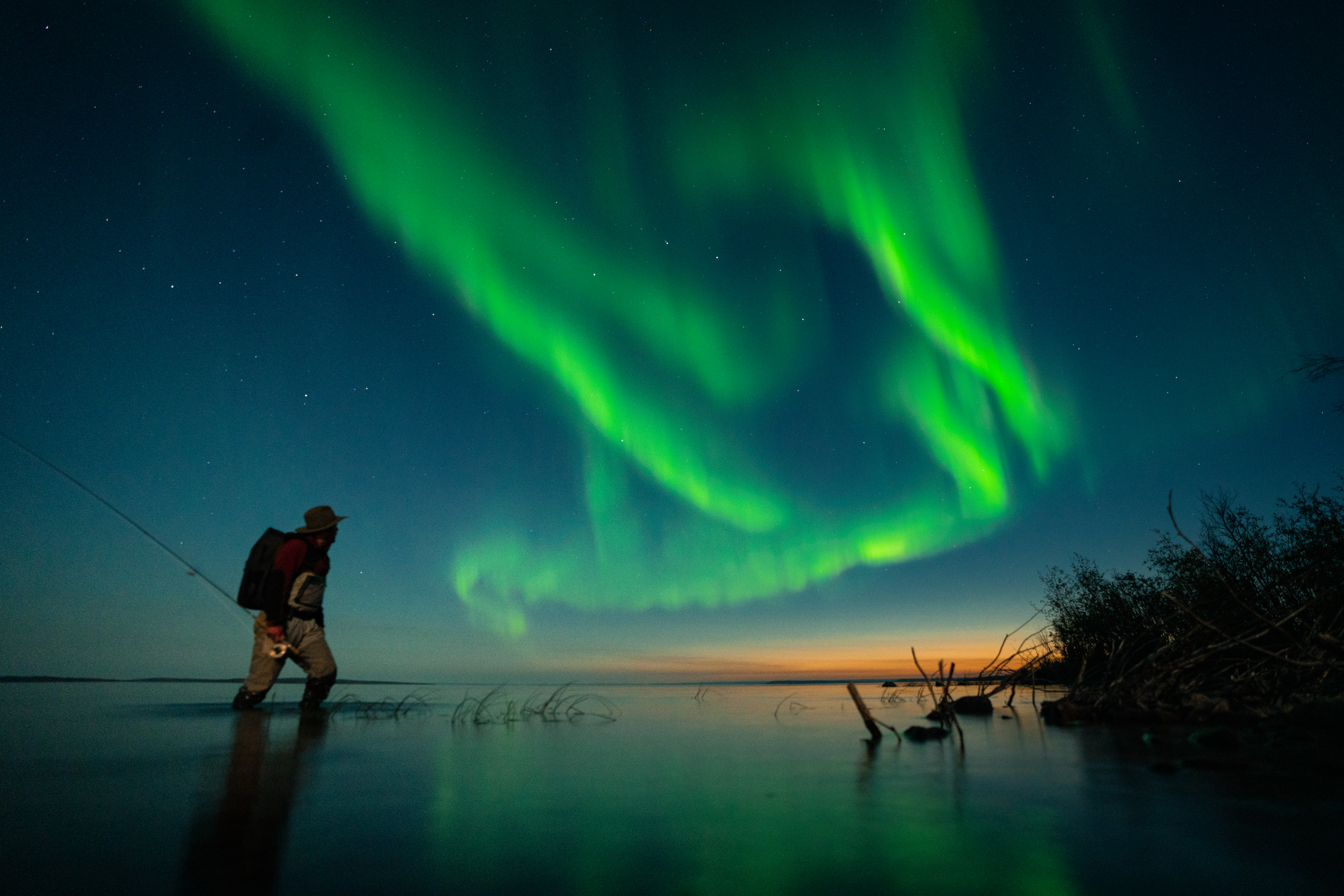The envisioned new Northern Indigenous Tourism Lodge Network takes best practices from around the world and brings the potential to Indigenous communities throughout the Yukon, the Northwest Territories, and Northern BC.
Introduction
Destination Canada’s Tourism Corridor Strategy Program was launched in June 2023 with three pilot projects. One of these, the Northern Indigenous Tourism Lodge Network, will discuss community-based tourism throughout Northwest Canada by enabling the development of a strategy made up of unique lodges with participating Indigenous peoples. These lodges would be Indigenous-owned and would complement existing Indigenous experiences.
The Tourism Corridor Strategy Program is a pillar in Canada's commitment to spread wealth and wellbeing through regional, cross-boundary tourism landscapes. At its core, the program seeks to bring together a place’s culture, heritage, and natural beauty across divergent geographies, providing travellers with a seamless and diverse experience, while maintaining a regenerative approach to tourism.
“Intentional planning frameworks for tourism corridors lay the foundation for extraordinary journeys,” says Gracen Chungath of Destination Canada. “They foster cross-provincial collaboration and empower communities to shape tourism in their region.”
Set in the vast, rugged terrain of the Yukon, western Northwest Territories, and Northern British Columbia, the Northern Indigenous Tourism Lodge Network has a vision of establishing a series of lodges that act as gateways to unparalleled natural vistas. At the choice of the communities, these lodges may also share diverse local Indigenous heritage while acting as a guidepost for sustainable, culturally immersive Indigenous tourism experiences.
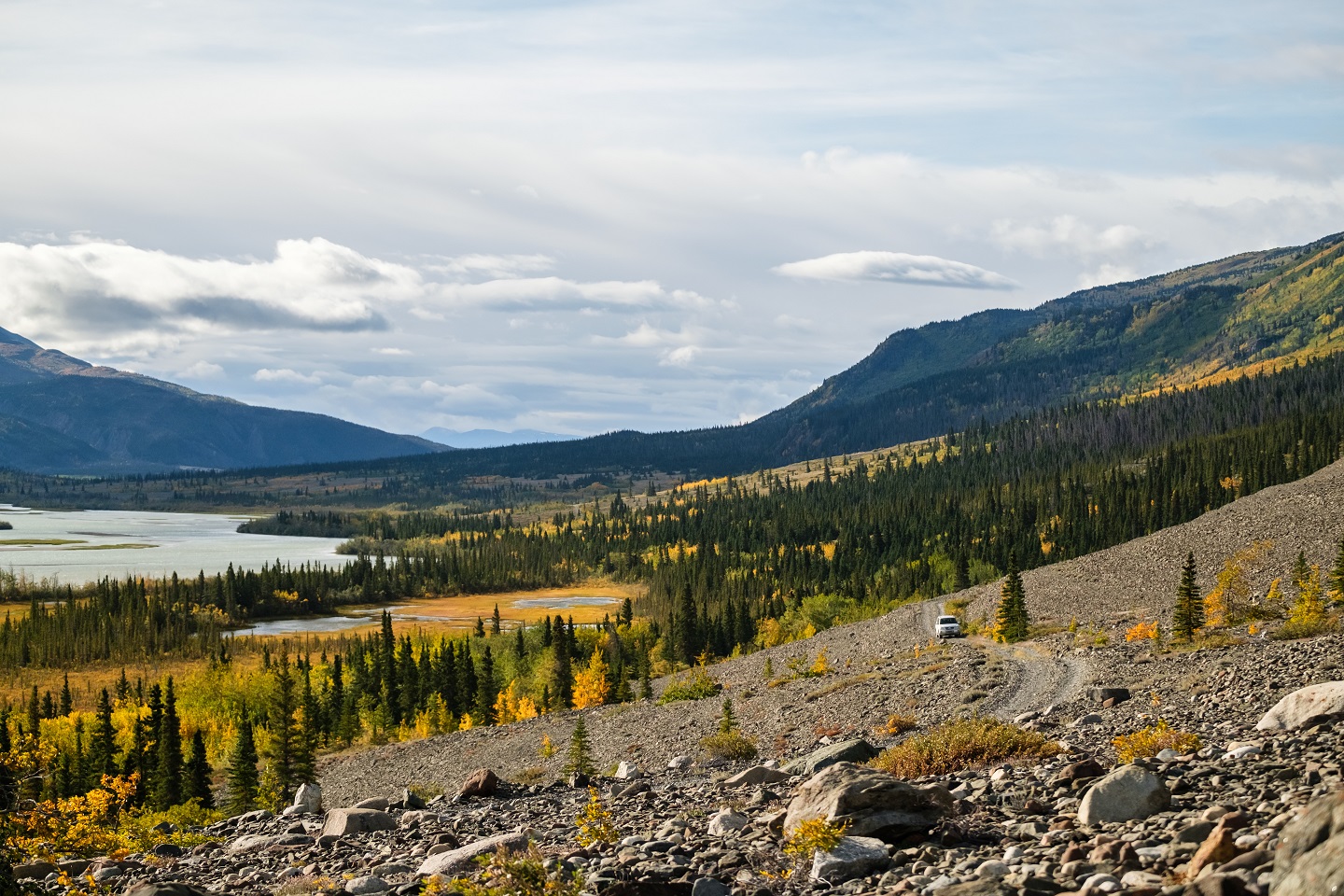
The Northern Indigenous Tourism Lodge Network
With the Yukon Department of Tourism and Culture’s recent shift to prioritizing destination development, overarching direction for the project comes from the Yukon Tourism Development Strategy (YTDS), which was created through the largest-ever public engagement on tourism in the Yukon. As a flagship project under this new direction, the initiative carries the promise of substantial socio-economic benefits, and aligns with the broader vision of enhancing the Indigenous footprint in the global tourism ecosystem. The project is also a timely response to strong demand from visitor markets for authentic Indigenous tourism experiences as well as a solution for a shortage of accommodations in the region.
The project originally drew inspiration from European accommodation networks such as Paradores in Spain and Logis Hotels in France. Ultimately, 220 cases were reviewed during the project’s rigorous global scan. One example is the African Wildlife Foundation’s network of 11 community-and Indigenous-owned lodges; these tourism enterprises were established with a priority of conservation and community development, a common theme in Indigenous lodge networks around the world.
These global benchmarks can provide the Corridor with an outlook on the potential possibilities, while showcasing the potential impact that the Northern Indigenous Tourism Lodge Network can have on the Corridor’s tourism landscape.
Northern Indigenous Lodges Network Corridor Area
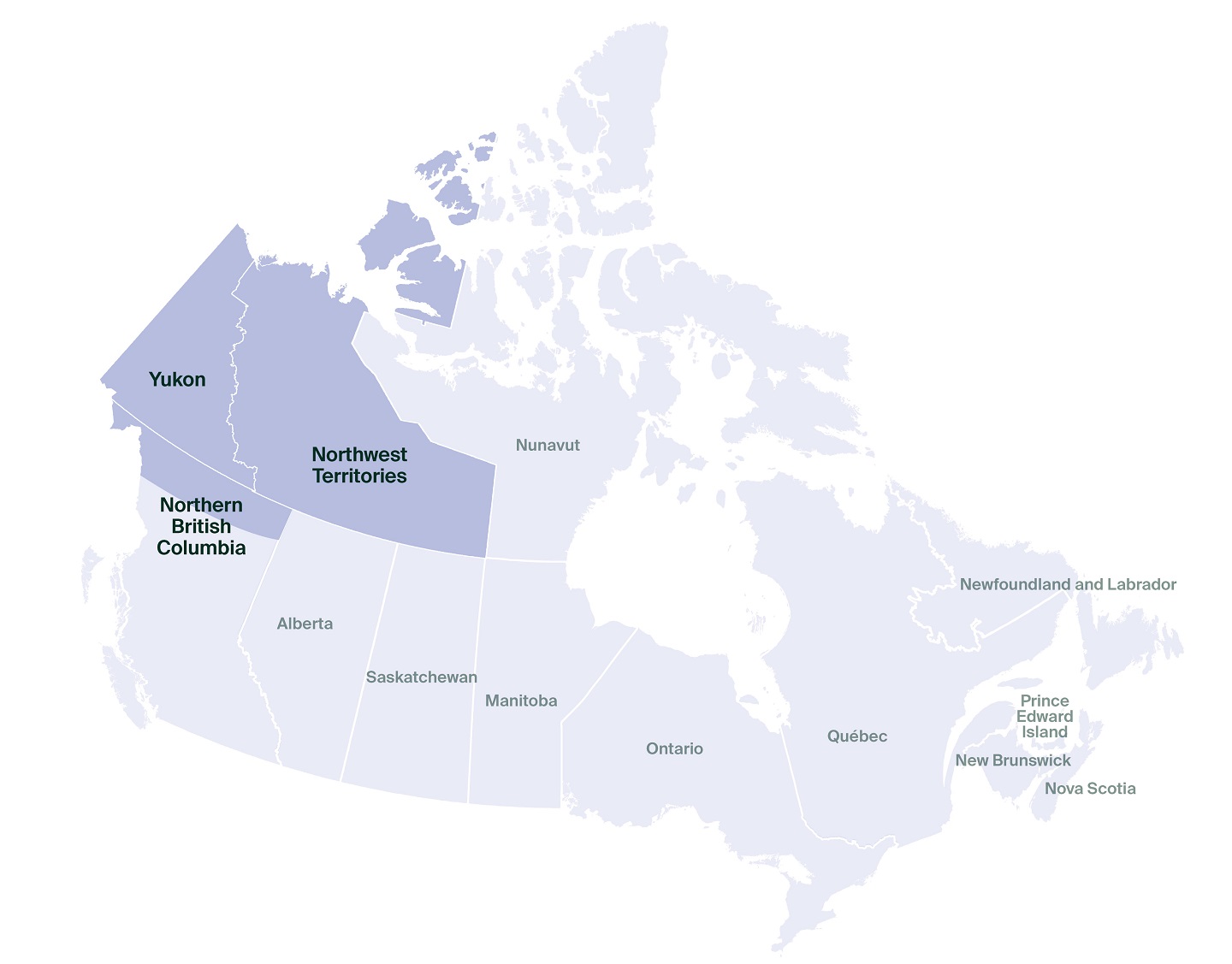
Telling a New Story in Tourism
An Indigenous network of lodges is currently unprecedented in North America. The Northern Indigenous Tourism Lodge Network is setting an example that once implemented may be a pathway for others to follow for generations.
Each lodge in the network is envisioned to be developed and owned by Indigenous communities, with sizes potentially ranging from five to 25 rooms. Lodges of this size allow the project to be accessible to a variety of communities and create a greater breadth of experiences for travellers. Visitors could visit one lodge during a vacation or travel between multiple lodges and have remarkable, unique experiences at each.
The project would provide benefits to visitors while focusing on community benefits first. These include:
- Talent and jobs: The project envisions the growth of tourism skills and capacity in remote Indigenous communities and has the potential to create jobs.
- Meaningful reconciliation: Lodges could be a source of pride and, if they choose to, would allow communities to express their culture and heritage through activities that generate economic growth. They are an opportunity for Indigenous communities to participate in the tourism economy on their own terms.
- Regenerative values: By working with Indigenous principles, worldviews and ways of being, environmental and economic sustainability will be built into the network’s shared vision and standards, allowing the benefits to continue long into the future.
The project further supports Indigenous Tourism Association of Canada’s Vision 2030 measurable goals for the growth of Indigenous tourism across all of Canada: to grow to 60,000 jobs in Indigenous tourism (up from 39,000 in 2019), 2,700 Indigenous-owned and operated tourism businesses (up from 1,900 in 2019), and $6 Billion in contributions to Canada’s GDP (up from $1.9 Billion in 2019).
Bringing the lodge network together is a journey in itself. The planning team conducted 37 in-depth, one-on-one interviews with rights holders, stakeholders, and others from around the world. These interviews included elected officials, development corporations, tourism associations, national tourism organizations, potential future financing partners, global benchmark network operators, chambers of commerce, local consultants, and other relevant organizations. Team members visited over 50 points of interest in six communities and gained insight into the network’s role as a catalyst for tourism development throughout Canada’s Northwest.
At times, the process encountered unexpected challenges. For project partner Donna Lee Demarcke, CEO of Northwest Territories Tourism, these took the form of wildfires and evacuations during the planning process in summer 2023. “We weren’t able to welcome the whole team here,” Donna Lee remembers. In the spirit of the North, these setbacks didn’t stop the process. “We were all able to come back after the evacuation… the dust is settling and planning is going forward.”

Authenticity through Indigenous-led Experiences
Future work on this Corridor will be Indigenous-led at every turn, ensuring the authentic narrative of each community is the driving force behind the experiences offered.
The Tahltan Central Government is one of many First Nations involved in the project, which fit nicely with work they had already begun—to craft a vision for ecotourism on Tahltan Territory. In November 2022, they established a Tourism Department to become more directly involved in ecotourism. “Tahltan Territory has some of the most beautiful and wild landscapes on the planet, already drawing visitors from around the world,” says Alex Buri, Tourism Director of Tahltan Central Government. “And now, more than ever, travelers are looking for unique places where they can reconnect with nature and experience authentic local interactions.”
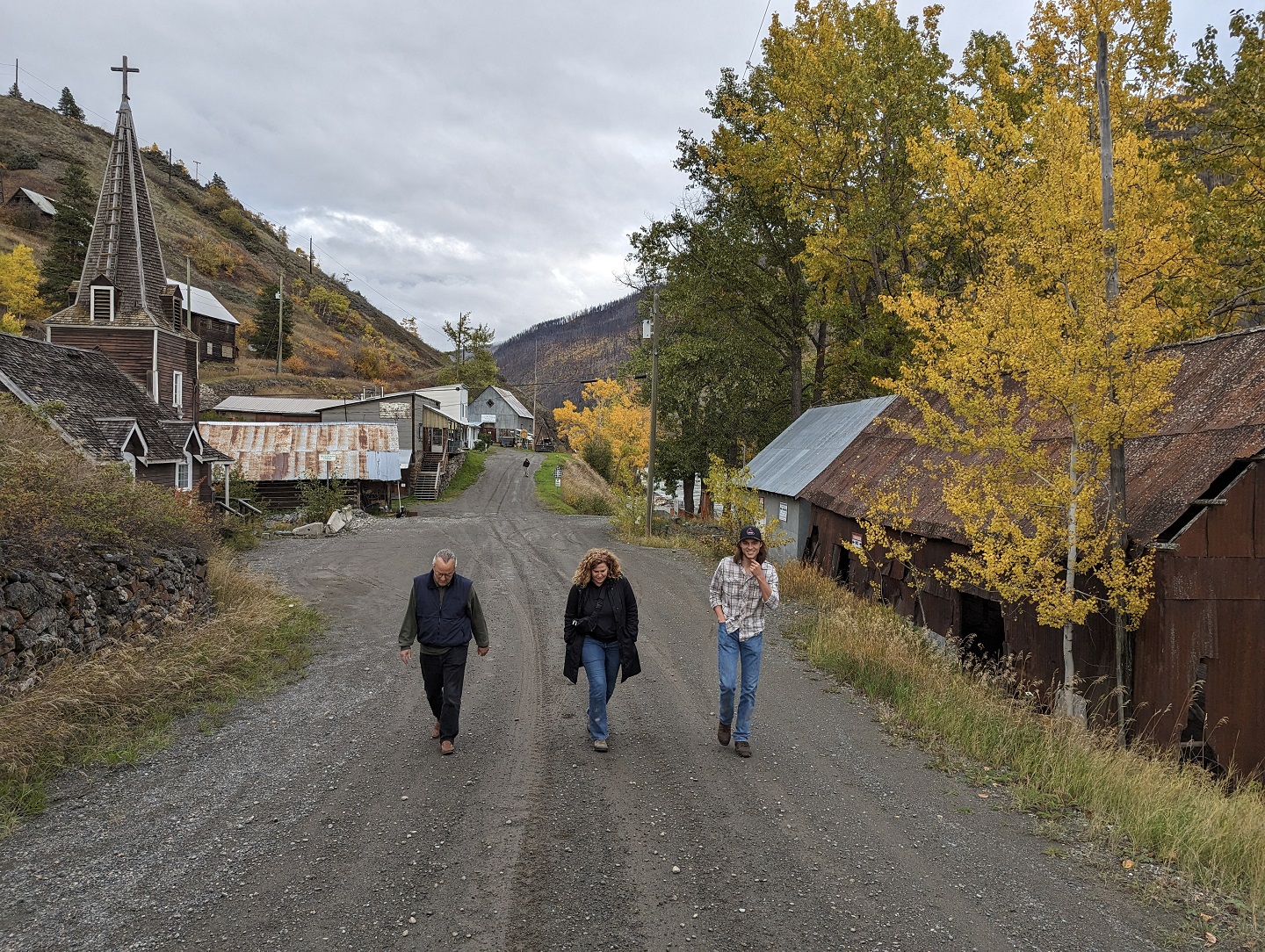
Buri participated in the early assessment for the lodge network project. Looking at the potential economic benefits of tourism and how it can help provide more work opportunities for community members is important, as is ensuring ecotourism supports and protects the Tahltan way of life.
The network is building its foundation in Indigenous practices that respect the environment while ensuring long-term profitability. This balance is key to preserving the natural and cultural heritage that each lodge will showcase, making sure that growth does not come at the expense of the very communities that welcome visitors.
The intention is for each lodge to be unique and reflect the priorities of the local Indigenous community. Some will serve as economic generators while others will operate as community hubs.
Collaboration Between Cultures
Community-led tourism is a central theme of the Northern Indigenous Tourism Lodge Network. Lodges within the network could also collaborate and have access to central booking, consistent standards, management and staff training, and marketing support.
Communities who are ready to begin will be prioritized first for lodge development. Then, other communities will be able to benefit from the experience of the first few lodges, looking to their success and drawing inspiration. At the right time for them, they would begin planning their lodge and join the network as a full member. The intention is that no community would have to do it alone.
One of the significant impacts of the Northern Indigenous Tourism Lodge Network is the potential for economic empowerment within the First Nation communities. The project aims to be a catalyst for local entrepreneurship, providing the impetus for the development of Indigenous-owned and operated businesses that extend beyond the lodges themselves. The ripple effect of this can lead to a stronger foundation for future collaborations in both the lodge network and the wider sphere of tourism.
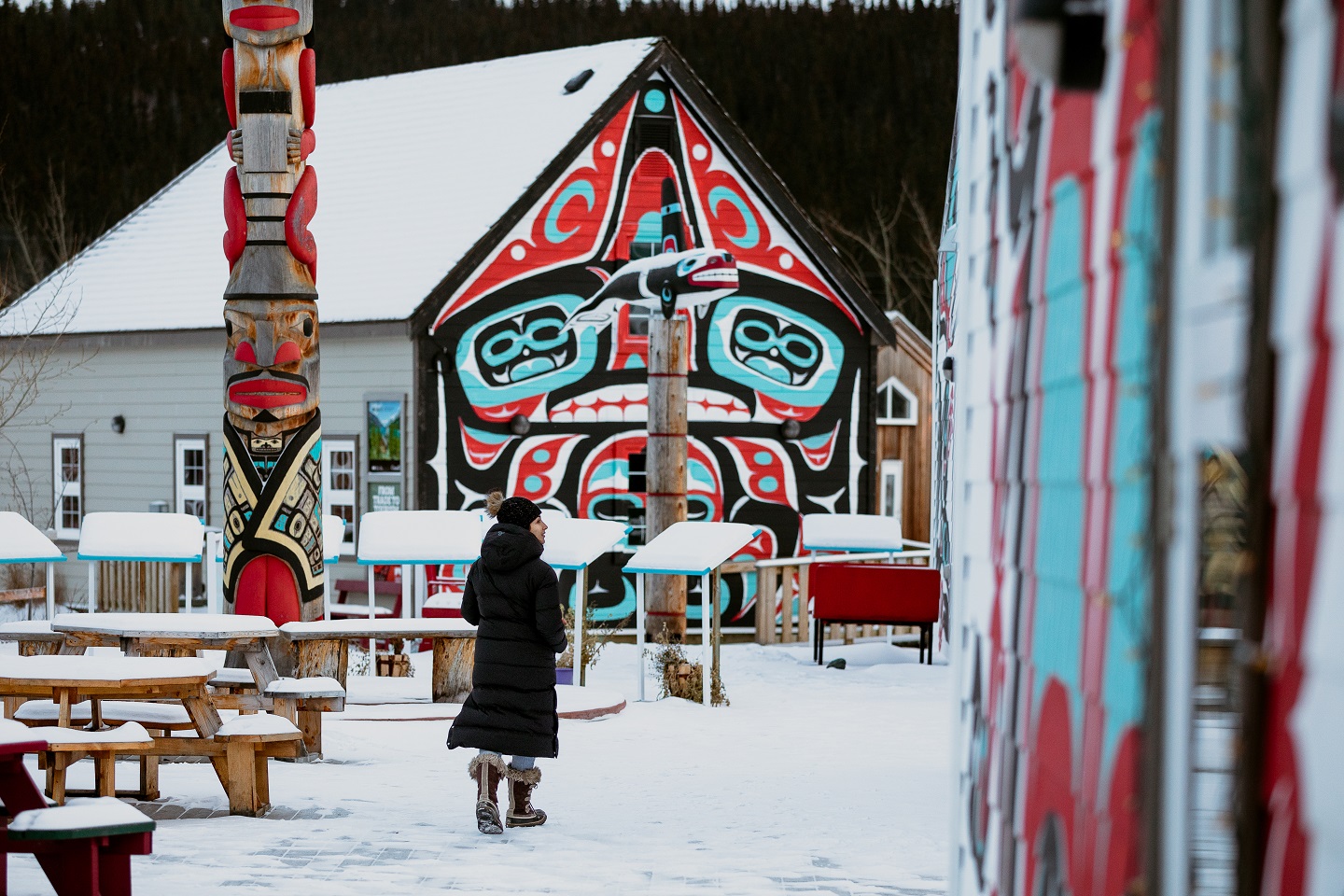
Collaboration was essential from the beginning of the project. Project partners include Destination Canada, the Government of Yukon’s Department of Tourism and Culture, Northwest Territories Tourism, Tahltan Central Government, and global consultancy firm specializing in tourism and destination advisory, JLL, as well as adjacent rights holders, stakeholders, economic development corporations, and local consultants.
As the project evolves, the potential for expansion and replication in other regions is significant. The success of the Northern Indigenous Tourism Lodge Network could serve as a blueprint for similar initiatives across Canada and internationally.
“When we discover, collaborate and build relations it is so much more than building four walls of a physical structure of a 'lodge',” shares Teena Dickson, owner of Who What Where Tours in the Yukon. “It is so much more. It is building and strengthening a community as they discover their economic, educational and cultural growth opportunities, such as employment, infrastructure and investment, in so many ways.”
Beaver Lodge: One Stick at a Time
“When I think of a project like this, I relate it to our iconic Canadian animal, the beaver, who is an expert at lodge building – one stick at a time. Every time I see a beaver lodge, I think of all the hard work, collaboration, the unique design style and all in a very strategic location. Beaver lodges are built with a purpose to make a difference. What will the Northern Indigenous Lodge Project look like in the North? I am excited to see and support where I can – one stick at a time.” Teena Dickson, Owner, Who What Where Tours, Yukon.
Building Towards the Future
The Northern Indigenous Tourism Lodge Network is envisioned to reflect the vibrancy of Canadian tourism and its unique and varied cultures. Each lodge has the opportunity to add to the living legacy of its community as well as to Canada's appeal as a destination. Continuous engagement with the communities will ensure that the project remains aligned with their evolving priorities and aspirations, and visitors will come away inspired and excited to share their experience with others.
“The lodges will be interlinked not just by geography but by a shared vision and operational synergy,” says Jennifer Horsnell of Destination Canada. “Looking ahead, the anticipated legacy of this project is one of empowerment, environmental stewardship, and cultural preservation, setting a new benchmark for Indigenous tourism worldwide.”
The Northern Indigenous Tourism Lodge Network presents not just an opportunity to visit; it's present an opportunity to participate in a movement that celebrates cultural diversity, environmental responsibility, and economic empowerment. It's a call to be part of a story that's still being written, one that you can help shape through your journey and engagement.
“We have an amazing destination,” says Donna Lee Demarcke. “It’s beautiful and breathtaking and very much worth the trip because something here will change you.”
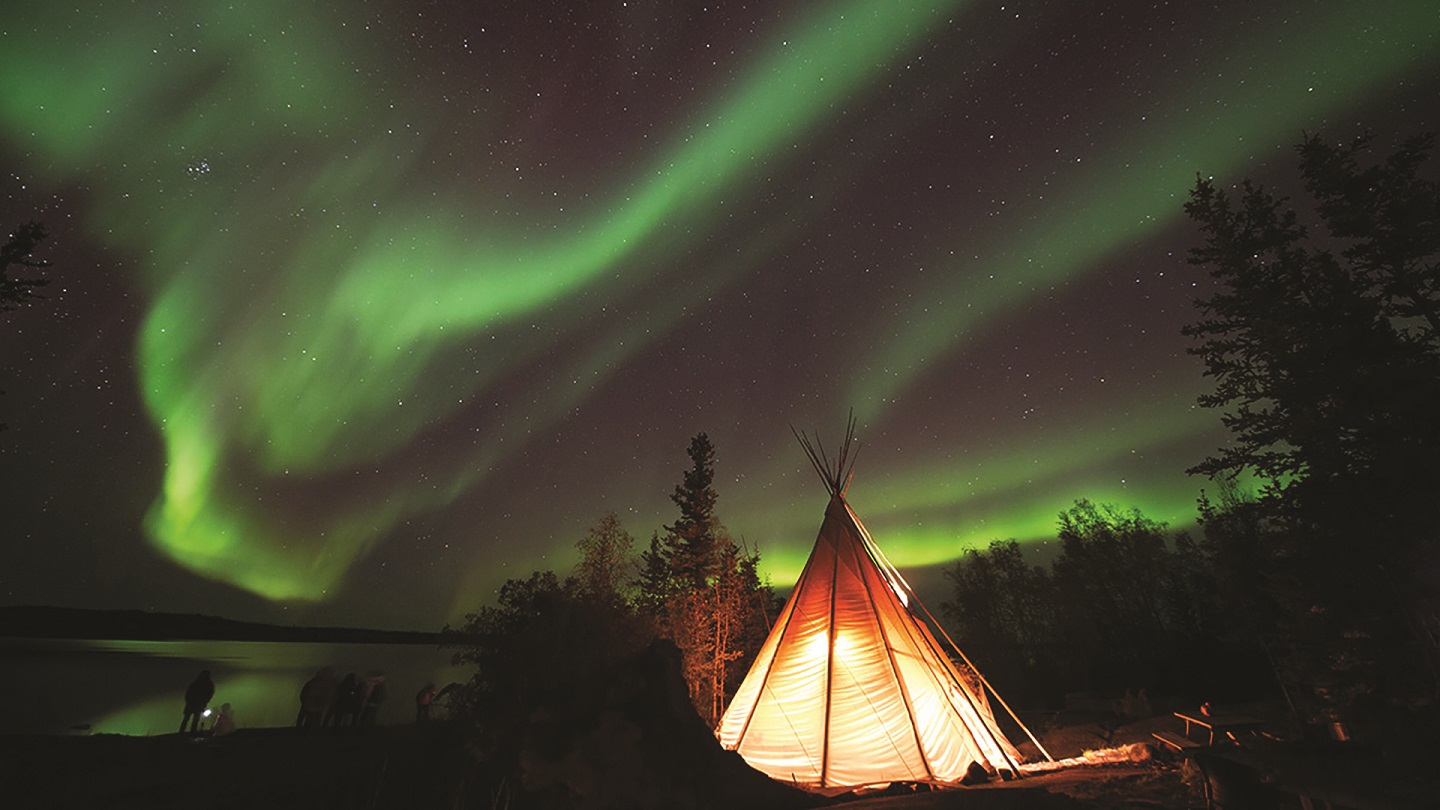
Stay Informed
Community members, interested investors, rights holders, stakeholders and partners can reach out to the Northern Indigenous Tourism Lodge Network planning team here:
Jennifer Horsnell
Senior Program Manager, Destination Development
Destination Canada
horsnell.jennifer@destinationcanada.com
Eduardo Lafforgue
Director of Tourism
Government of Yukon
Eduardo.Lafforgue@yukon.ca
Donna Lee Demarcke
CEO
Northwest Territories Tourism
executive@spectacularnwt.com
